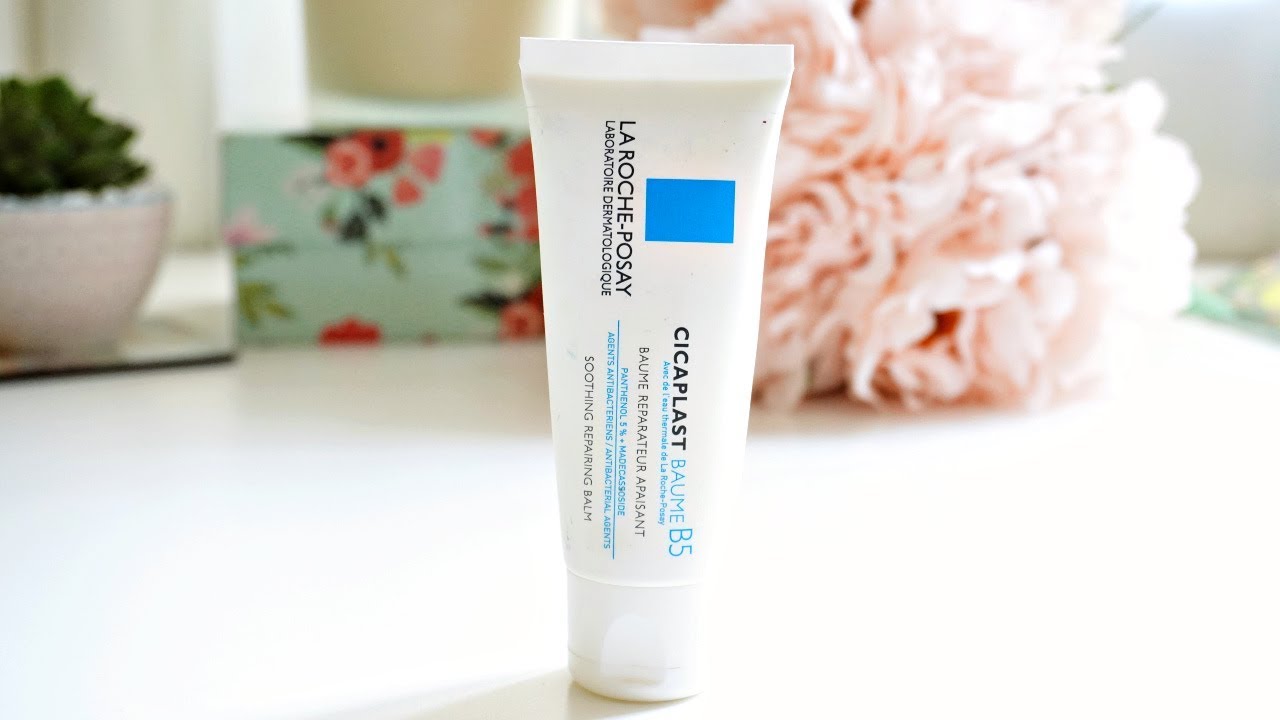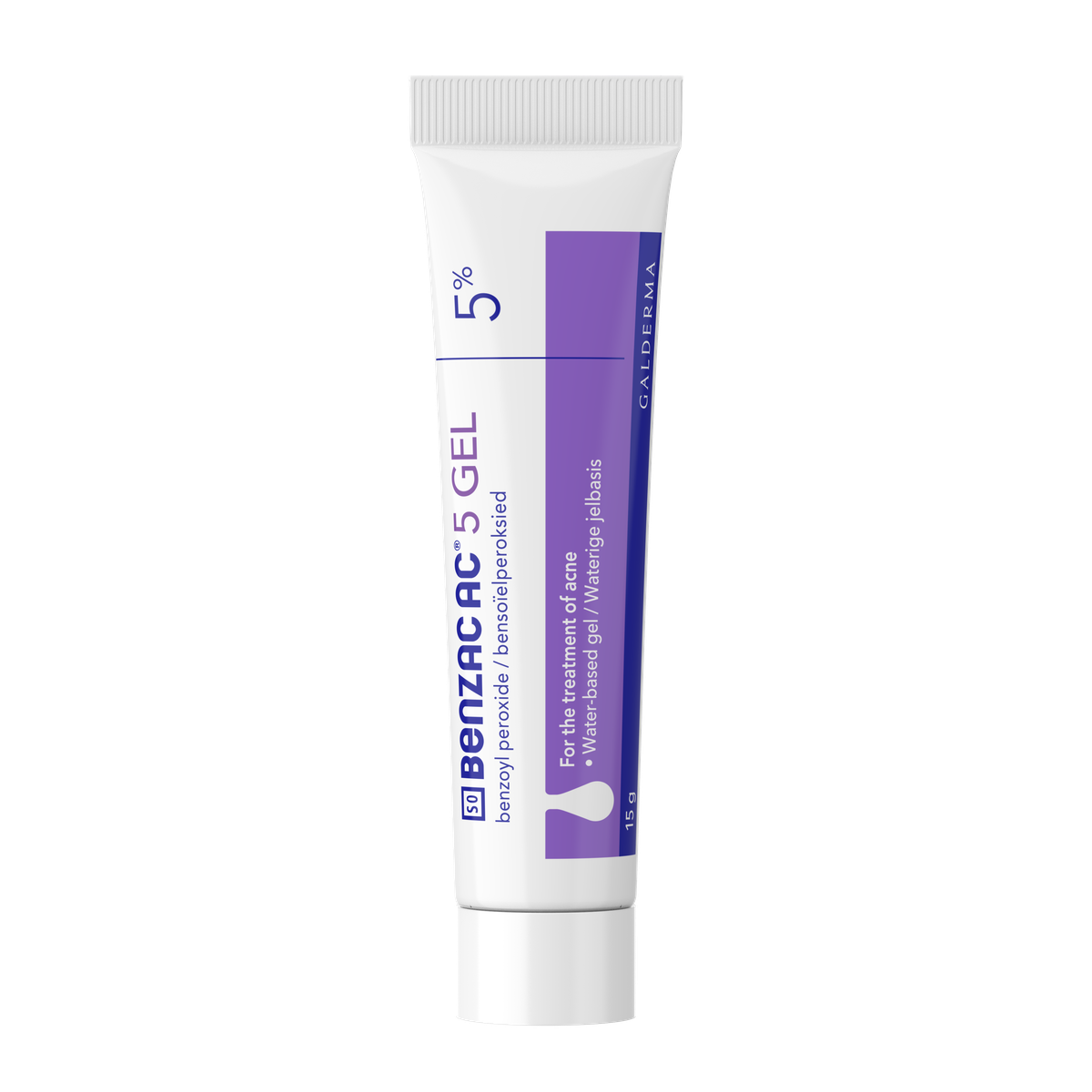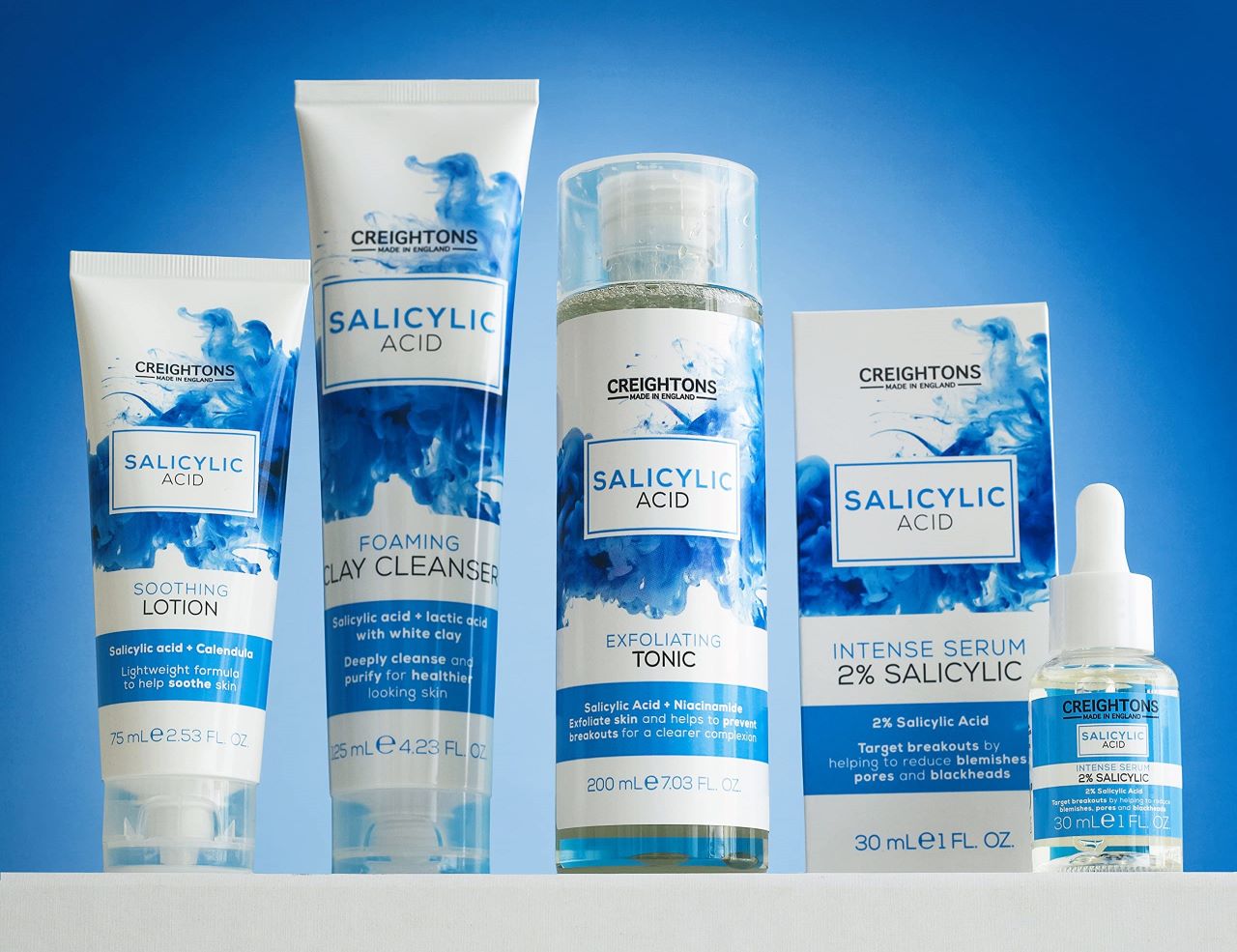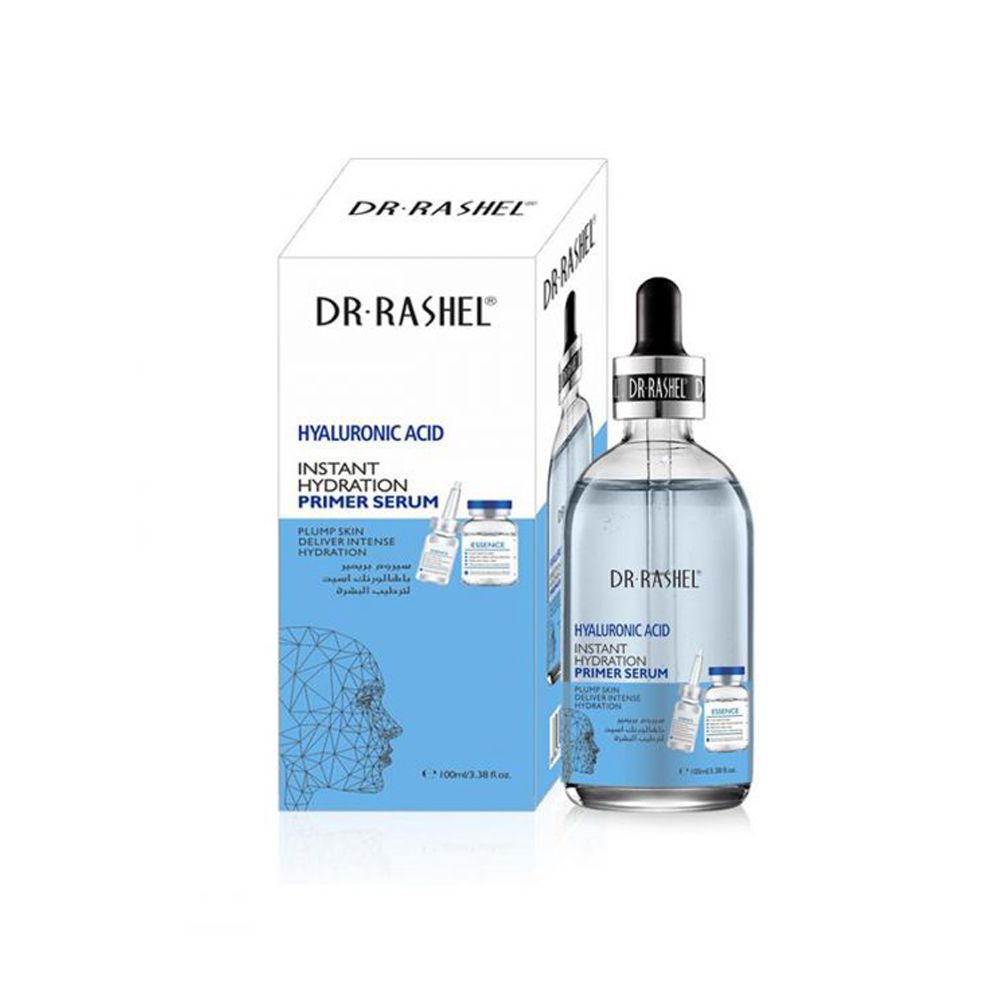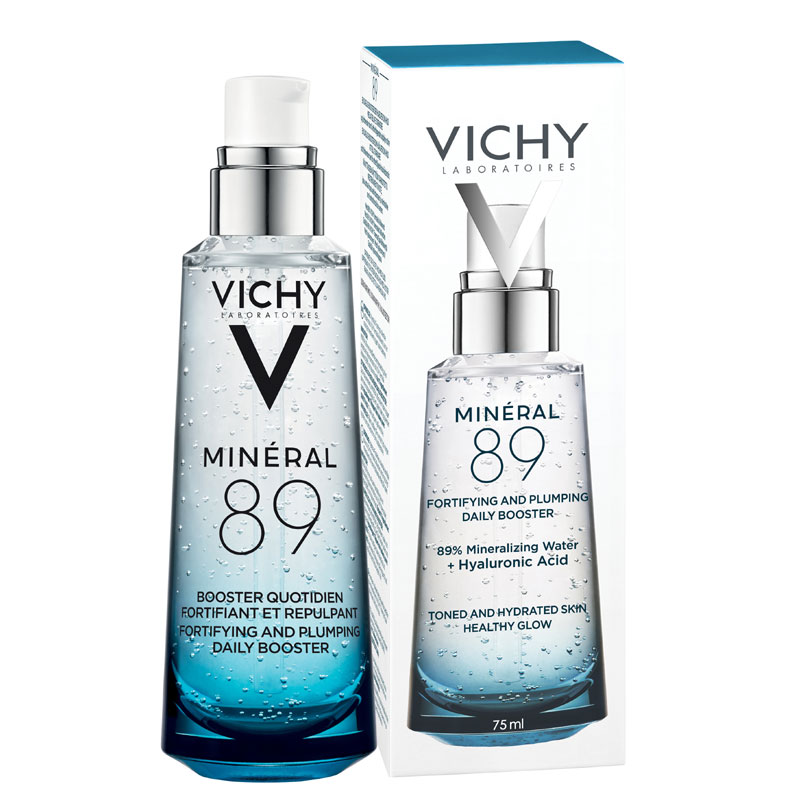Guide to Salicylic Acid for Your Skincare
In the realm of skincare, few ingredients have garnered as much attention and acclaim as salicylic acid. With its remarkable ability to combat a variety of skin concerns, this compound has become a staple in the skincare routines of many. Suppose you’re new to the world of skincare or simply curious about the wonders of salicylic acid. In that case, this comprehensive guide will walk you through what it is, who should use it, and how to incorporate it into your skincare regimen effectively.
What Is Salicylic Acid?
Salicylic acid, a type of beta hydroxy acid (BHA), is a naturally occurring compound that has made its mark in the skincare industry due to its numerous benefits. Its primary source is the bark of the willow tree, but it can also be synthetically produced. It is known for its exfoliating, anti-inflammatory, and acne-fighting properties. Salicylic acid is oil-soluble, which means it can penetrate the pores and work its magic from within, making it highly effective in treating various skin concerns.
Who Should Use Salicylic Acid?
Salicylic acid is a versatile skincare ingredient suitable for a wide range of skin types and concerns. Here are some specific scenarios in which it can be particularly beneficial:
Acne-Prone Skin: Salicylic acid is a powerful ally against acne. It helps to clear clogged pores, reduce inflammation, and prevent breakouts. If you struggle with acne or occasional blemishes, salicylic acid should be on your radar.
Oily Skin: Individuals with oily skin often find salicylic acid to be their go-to solution. This BHA can control excess sebum production, minimizing the greasy shine and reducing the risk of clogged pores.
Blackheads and Whiteheads: Salicylic acid’s exfoliating properties make it highly effective at unclogging pores, making it an excellent choice for those dealing with blackheads and whiteheads.
Skin Texture and Tone Issues: Salicylic acid can also improve skin texture and tone. If you have concerns about rough, uneven skin, or hyperpigmentation, this BHA can help smooth things out and even out your complexion.
Combination Skin: Individuals with combination skin can benefit from salicylic acid’s ability to address both oily and dry areas of the face. It can help maintain a balanced complexion.
Ageing Skin: Salicylic acid can play a role in reducing the appearance of fine lines and wrinkles by exfoliating dead skin cells, promoting collagen production, and improving overall skin texture.
Preventative Care: Even if you don’t have specific skin concerns, using salicylic acid as part of your regular skincare routine can help prevent future issues by keeping your pores clear and your skin smooth.
How to Use Salicylic Acid: A Step-by-Step Guide
Before incorporating salicylic acid into your skincare routine, it’s crucial to understand the best practices for usage. Here’s a step-by-step guide to help you make the most of this powerful ingredient.
Choose the Right Product:
- When selecting a salicylic acid product, consider the concentration. For beginners, start with a product containing 0.5% to 2% salicylic acid. If you have more experience with acids, you can explore higher concentrations, but exercise caution.
- Look for products like cleansers, toners, serums, or spot treatments that contain salicylic acid. These come in various forms, so choose one that suits your preferences and routine.
Patch Test:
- Before using salicylic acid all over your face, perform a patch test on a small, inconspicuous area of your skin. This step helps you assess any adverse reactions or sensitivity.
Start Slow:
- If you’re new to salicylic acid, it’s essential to introduce it gradually to your routine. Begin by using it once or twice a week to allow your skin to acclimate.
Evening Application:
- Salicylic acid is best used in the evening as it can make your skin more sensitive to the sun. Always follow with sunscreen during the day to protect your skin.
Cleanse Your Face:
- Start your skincare routine with a gentle cleanser to remove dirt, makeup, and impurities from your face.
Apply Salicylic Acid:
- Depending on the product you choose, apply a small amount of the salicylic acid solution to a cotton pad or your fingertips. Gently sweep or pat it onto your face, focusing on areas where you have specific concerns, such as acne-prone zones or areas with blackheads.
Wait for Absorption:
- Allow the salicylic acid to absorb into your skin for a few minutes. This waiting period ensures that the acid can work effectively.
Follow with Moisturizer:
- After the salicylic acid has dried, apply a suitable moisturizer to keep your skin hydrated and balanced.
Sunscreen Is a Must:
- Using salicylic acid can make your skin more sensitive to UV rays. Therefore, applying sunscreen is non-negotiable. Opt for a broad-spectrum sunscreen with an SPF of 30 or higher.
Avoid Overuse:
- It’s essential to resist the temptation to use salicylic acid too frequently. Overusing it can lead to dryness, irritation, and peeling. Follow the recommended frequency for your specific product.
Be Patient:
- Results from salicylic acid may not be immediate. It may take several weeks to see significant improvements in your skin. Consistency is key.
Monitor Your Skin:
- Keep a close eye on your skin’s reaction to salicylic acid. If you experience excessive dryness, redness, or irritation, reduce the frequency of use or discontinue it temporarily.
Consult a Professional:
- If you have any doubts about using salicylic acid or if you have specific skin concerns, it’s always wise to consult a dermatologist. They can provide personalized advice and guidance.
Possible Side Effects of Salicylic Acid
The most common side effects of salicylic acid are mild and temporary, such as:
- Dryness
- Redness
- Peeling
- Burning
- Stinging
Drug Interactions
If you are taking any medications, be sure to speak to a doctor before using salicylic acid.
Salicylic acid can interact with certain medications, including:
- Blood thinners
- Aspirin
- Other nonsteroidal anti-inflammatory drugs (NSAIDs)
- Methotrexate
- Valproic acid
Here are some additional safety tips:
- Do not use salicylic acid on broken or irritated skin.
- Do not use salicylic acid if you are allergic to aspirin or other salicylates.
- Avoid contact with your eyes, mouth, and nose.
- If you experience any irritation, stop using the product and talk to your doctor.
Conclusion
Salicylic acid is a skincare superhero that can help you achieve a clearer, smoother, and more radiant complexion. Whether you’re dealing with acne, oily skin or simply want to maintain healthy skin, this beta-hydroxy acid can be a valuable addition to your routine when used properly. By selecting the right product, introducing it gradually, and following a consistent skincare regimen, you’ll be well on your way to reaping the benefits of this remarkable compound. Remember, patience is key, and results will come with time, making the journey to healthier, more beautiful skin all the more rewarding.




